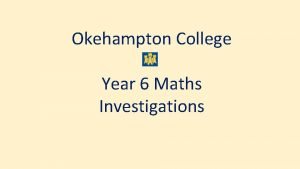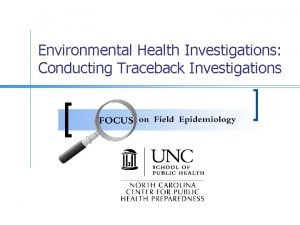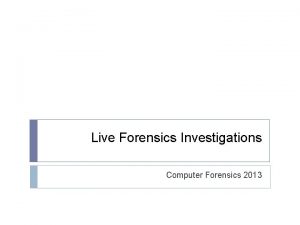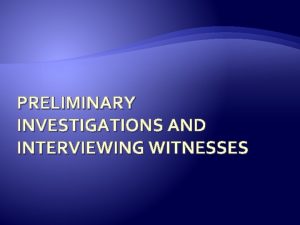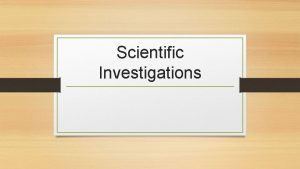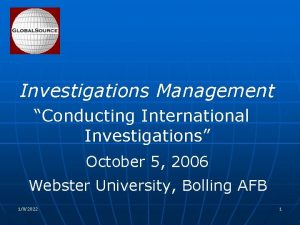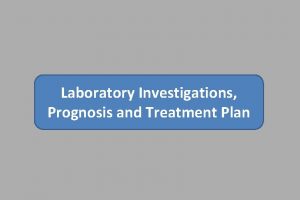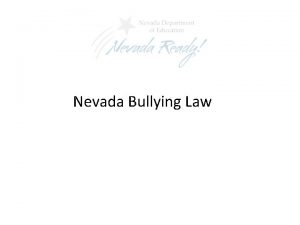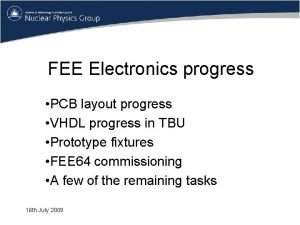2008 Proposed Investigations August 2008 Progress Meeting Mc

















- Slides: 17

2008 Proposed Investigations August 2008 Progress Meeting Mc. Cormick & Baxter Superfund Site Portland, Oregon

Schematic Section TFA

Schematic Section Willamette Cove

Three Outstanding Concerns • Sheens along bank during times of gw discharge and in TFA and Willamette Cove • Ebullition as a contaminant pathway • Observe prolific ebullition in bulk OC area in TFA – what is the potential for the OC to degrade Purpose – Determine the mechanism and significance of sheen and ebullition with the overarching goal of understanding whether the cap is protective or whether additional remedial measure are required

Photos of Sheen July 2008


Oily Sheen, Wycoff, Eagle Harbor EPA

Spring 2008 River Hydrograph Portland River Stage Sheen first observed 2008

Sheen Sampling July 2008

Sheen Surveys • June – no sheen observed during shoreline walk at low tide • July 10 – no sheen observed during shoreline walk, low tide • July 14 – sheen first observed at site by Newt • July 16 – sheen observed along WC and WR banks, low tide • July 22 – sheen observed along WC and WR shoreline, low tide • July 31 – no sheen; no odor along entire bank, low tide

Contaminant Release via Gas Ebullition Relatively low – unless NAPL entrained in gas bubbling to surface

Ebullition Pathways

Map of Ebullition

Ebullition Survey • July 31 2008 – Boat survey and GPS of ebullition – High tide at 5 AM at 11. 96 feet NAVD 88 – Low tide at 3: 15 PM – 8. 22 feet NAVD 88 • Conducted kayak sweep between 9: 30 AM and 12: 30 PM and again between 1: 30 PM and 3: 30 PM – recording bubble locations and measuring rates as feasible

Survey Results 9: 30 to 12: 30: River Level between 10 and 9 feet NAVD 88 – Ebullition almost exclusively over granular organoclay in WC and TFA – Bubbling fairly continuous and ubiquitous in these areas (i. e. , 100’s of bubble locations in each area) – Rate fairly consistent at approximately 1/3 liter in 3 minutes (or approximately 0. 1 liter per minute) per bubble pathway – Strong sulfur odor from gas in shallower areas (deeper water gas did not have a discernible odor) – Ebullition observed in other areas when waves from boat traffic are present - very inconsistent in flow rate and location – Only 3 locations observed over the OC mat 2 area – No creosote odors

Map of Transects, Flux Chambers, Cores for Summer 2008

Investigation Tasks • SPME, Cores, and Porewater Samples along a transect in the TFA and in Willamette Cove to measure contaminant distribution with the intent of understanding the contaminant migration pathway (UT with HC/GSI) • 10 co-located flux chamber samples over bubble pathways and next to bubble pathways – measuring the concentration of water and gas that discharges to determine whethere is a significant difference in discharge concentrations in areas of ebullition (HC/GSI) • Biodegradation study on cores to determine which zone is generating the most gas and attempt to determine what is being broken down (PSU) • Survey of locations and rates of ebullition through tidal cycle and season (HC/GSI) • Continued shoreline documentation of sheen (HC/GSI) • Sampling of sheen (July 2007) from 4 locations along shoreline – sediment, sheen on water and ambient surface water sample adjacent to sheen (HC/GSI)
 Physical progress and financial progress
Physical progress and financial progress Pupil progress meetings
Pupil progress meetings 2008 2008
2008 2008 What is meeting and types of meeting
What is meeting and types of meeting Types of meeting
Types of meeting Today meeting or today's meeting
Today meeting or today's meeting Meeting objective
Meeting objective Nrich maths investigations
Nrich maths investigations Jarrod bowditch
Jarrod bowditch Statistical investigations examples
Statistical investigations examples Chs investigations
Chs investigations Chs investigations
Chs investigations Craigslist wayne
Craigslist wayne 3 weeks pregnant ultrasound
3 weeks pregnant ultrasound Chapter 6 fingerprints
Chapter 6 fingerprints Forensics
Forensics Guide to computer forensics and investigations
Guide to computer forensics and investigations Investigations
Investigations







